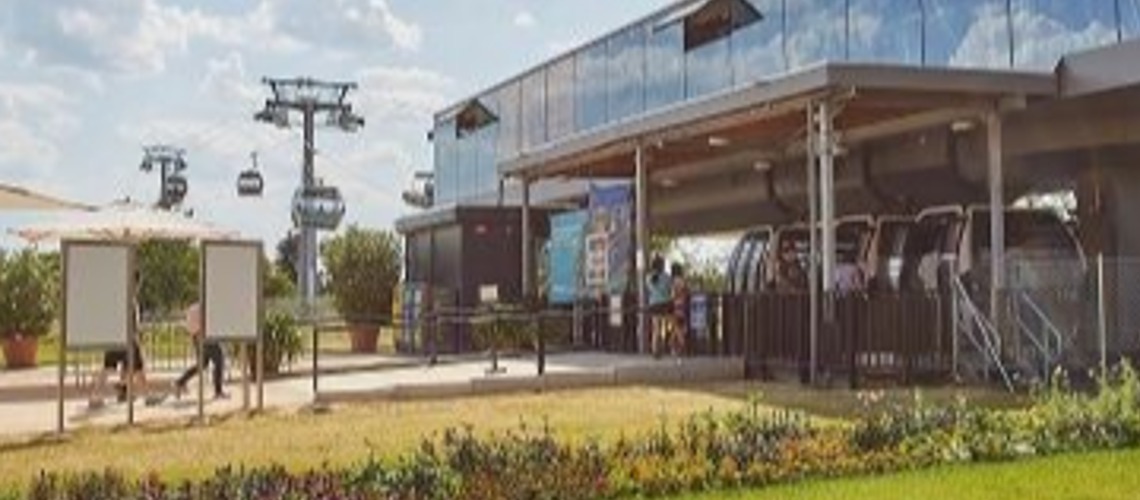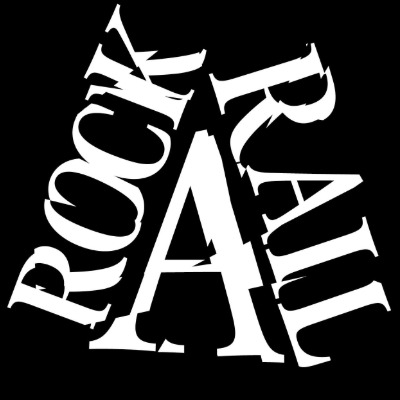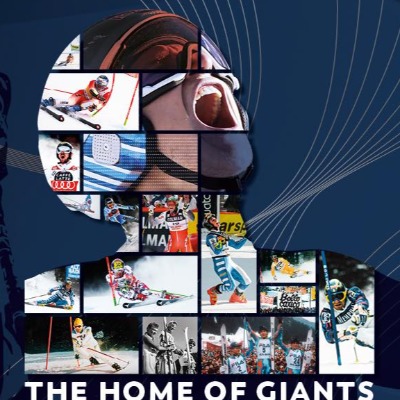Rhein-Neckar Transport Association: Potential And Feasibility Study For Cable Car Systems Released

Cable cars can be an alternative to traffic problems whose specific requirements cannot be adequately solved with traditional means of transport. A cable car route can be built independently of the existing road and rail infrastructure and can easily overcome obstacles such as topographical conditions. In addition, it moves exclusively on its own traffic level, so that delays and imponderables caused by other participants are minimized and the continuous availability of vehicles is high, and waiting times are also low for circular cable cars. For these reasons, the idea of a cable car connection was also discussed as additional river crossings in the Heidelberg urban area and between the cities of Mannheim and Ludwigshafen.
VRN GmbH launched a concept study in 2021 and carried it out in 2022/2023. As part of this concept study, potential areas of application were identified in an iterative process with the aim of defining realistic variants for an urban cable car offering. In this potential and feasibility study, possible cable car connections in the entire network area were identified and examined in terms of demand potential as well as implementation opportunities and technical feasibility.
Urban cable cars – basic forms
One of the basic forms of cable cars is the single-cable gondola (EUB), which is the most commonly built type of cable car, which can be implemented quickly and is also possible in built-up environments thanks to slim tubular support structures and narrow cable car routes. The cabin size is 4 – 15 people. The tri-cable gondola (3S) offers greater stability and is characterized by significantly larger distances between the supports and a very high cable guide. The maximum transport capacity for both cable cars is 4,500 people per hour and direction. The third basic form is the aerial tram, which can transport around 2,000 people per hour in each direction between two stations with one or two cabins.
Corridors suitable for cable cars in the VRN
The commissioned study involves a multi-stage process. The first stage dealt with the identification of possible corridors through a workshop process that takes settlement structure, high-volume destinations, commuter connections and public transport network structure into account. 20 corridors have been identified here. These were then qualitatively assessed (from + + to - -) and individual corridors were selected for the second stage. The result was a selection of four corridors that could be considered for detailed consideration (numbers 9, 10, 11, 16).
In-depth look at the selected corridors
In the second stage, this selection of corridors was examined with regard to the cable car route and the locations of stations, the demand effect using traffic model calculations, the dimensioning of the cable car design, and the construction costs (estimate) and implementation chances. These corridors are presented below.
Corridor Neuenheimer Feld – Pfaffengrund/Wieblingen station – Eppelheim – Patrick-Henry-Village
The cable car connection in Heidelberg would connect Neuenheimer Feld to the Pfaffengrund-Wieblingen S-Bahn station as a multimodal node with, among other things, the P&R parking lot and the continuation towards Patrick-Henry-Village Süd. The selected corridor between the Pfaffengrund-Wieblingen S-Bahn station and NHF is characterized by its very good demand effect (on average 9,400 trips per day), the potential for closing public transport gaps and the connection to Neuenheimer Feld via the Neckar. On the section to Eppelheim and PHV, however, there has been a significant decline in demand. A gradual implementation would therefore make sense. The shift to public transport would save around 13,770 passenger-km per day in private transport. An EUB with cabins for 10 people is an option and the construction costs are currently estimated at around ¤46 million for the NHF – Pfaffengrund/Wieblingen station section. (The calculated amount is a construction cost estimate that relates to the feasibility level, excluding planning and land costs, therefore with a buffer for unforeseen events and other things). In an initial assessment, good chances of eligibility are seen.
Corridor Bf Wiesloch-Walldorf – HDM/SAP
Due to the large number of jobs, Wiesloch and Walldorf have around 30,000 car commuters per day. A connection between the train station and the Heidelberger Druckmaschinen (HDM) / SAP commercial area would save around 12,750 passenger kilometers per day in private motor vehicles. An EUB with cabins for 10 people would be recommended for this corridor. Locations for stations are available at the train station, in the area of the HDM parking lot and on Dietmar-Hopp-Straße in the catchment area of the SAP buildings. The construction cost is estimated at ¤16 million. (The calculated amount is a construction cost estimate based on the feasibility level, excluding planning and land costs, therefore with a buffer for unforeseen events and other things) and the extensive bus traffic could be saved. Eligibility for funding does not seem to be ruled out. However, the basis for this calculation is data from the period before the corona pandemic; the world of work has now changed significantly due to increased mobile working.
Mannheim – Altrip corridor
The cable car would connect Altrip (Waldparkplatz location on Parkstrasse) with the public transport connection point Mannheim-Neckarau (Friedrichsstrasse stop and S-Bahn station). This would create an important public transport connection and replace the existing minibus route via the ferry. This would significantly increase the reliability of the connection due to the higher downtimes with the ferry compared to a cable car. Despite relatively low demand, eligibility for funding does not seem to be ruled out due to the advantages of a small cabin commuter train, such as costs or staffing. The trips shifted from the MIV would result in savings of 3,840 passenger km per day. We recommend a small cabin commuter train with two 15-passenger cabins and possible request via call button as an energy-saving option. The construction cost would be around ¤7.5 million. (The calculated amount is a construction cost estimate that relates to the feasibility level, excluding planning and land costs, therefore with a buffer for unforeseen events and other things).
Mannheim – Ludwigshafen corridor
When considering the corridor across the Rhine between Mannheim and Ludwigshafen, several variants are recommended. The starting point would be the Markuskirche tram stop in Mannheim; There are various connecting points on the Ludwigshafen side of the Rhine, such as Mundenheim Nord, Luitpoldhafen or Giulinistraße. In this way, existing or planned cycle highways could also be linked. Due to the very good public transport offering, a low demand effect is calculated based on the existing transport models and the corridor could therefore only be recommended to a limited extent as a permanent offer. However, given the bridge renovations and the then missing bridge connections, a temporarily usable cable car could represent a useful addition to the public transport offering. However, specific lines were not examined in the concept study for this variant.
Summary
As an overall result of the feasibility study, it can be stated that all connections discussed should be examined in more detail in the further course, primarily through a technical examination and approval issues. The latter in particular often represent the biggest hurdle in implementation. Due to the significantly higher demand that can be achieved, the connection between Neuenheimer Feld and Pfaffengrund/Wieblingen station is given priority. The other connections achieved lower demand figures in the initial investigations, but should also be pursued further in planning after coordination with the municipalities, if possible.














